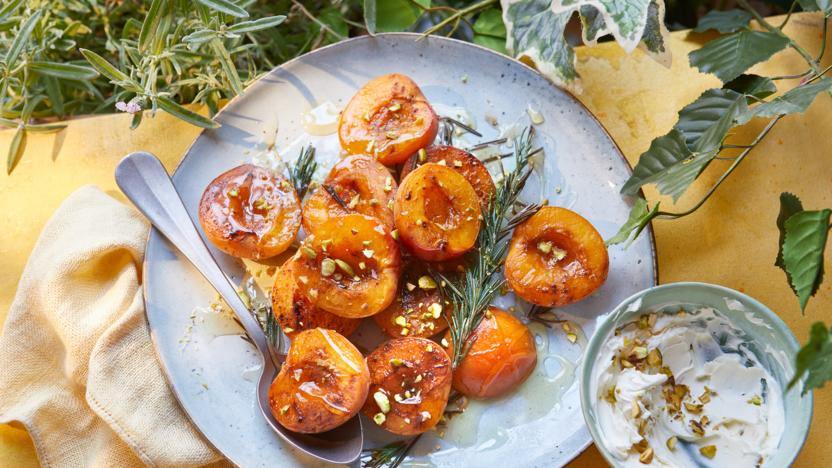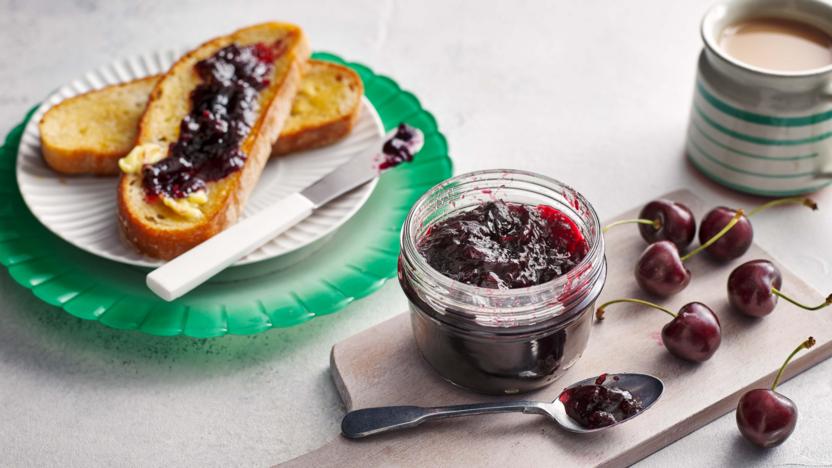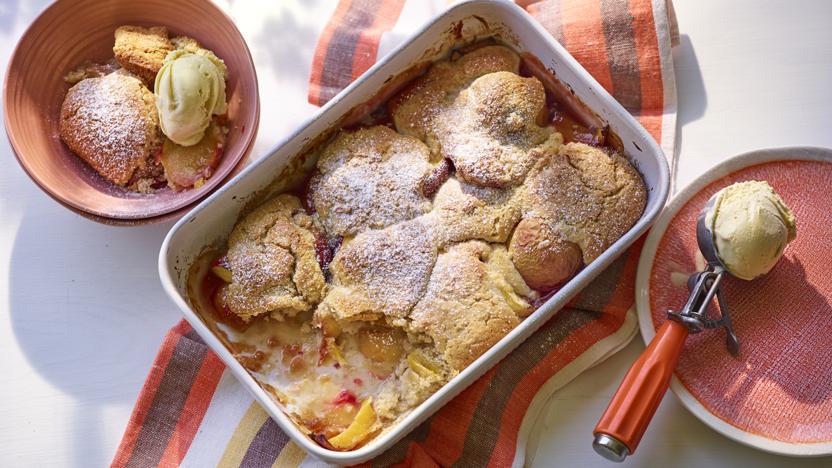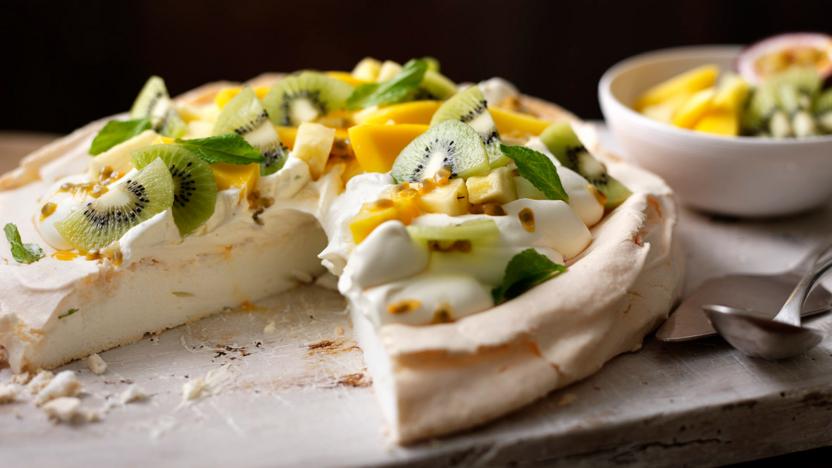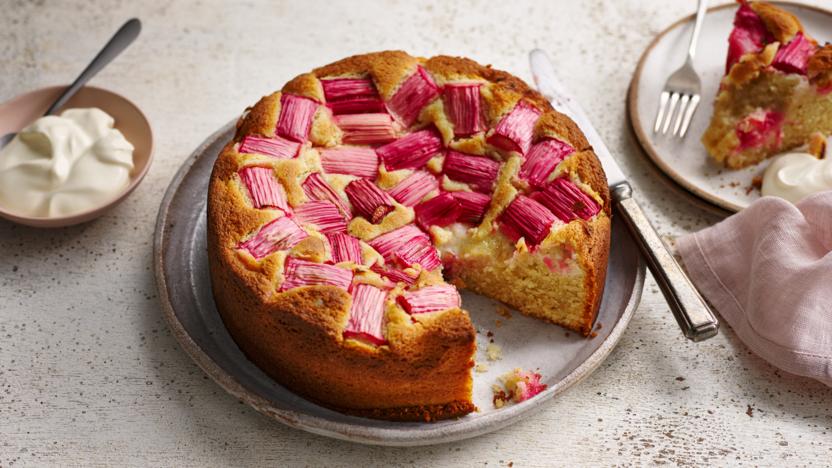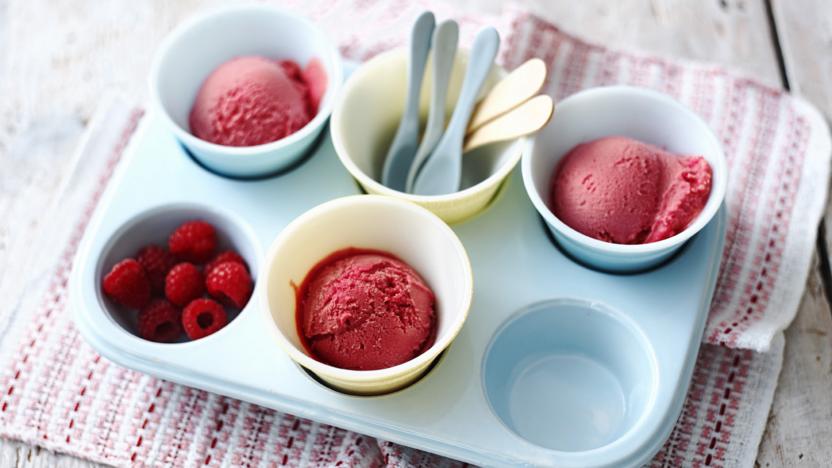Stone fruit recipes
Stone fruit contains a single kernel that is encased in a shell and surrounded by fragrant pulp. It is usually thin-skinned and the flesh turns softer and more juicy the riper the fruit becomes. Many varieties of stone fruit, such as cherries and plums are also divided into sweet ‘dessert’ and sour ‘cooking’ varieties. The skin of stone fruit can be bitter, especially in wild varieties such as sloes and bullaces. The flesh can cling to the stone, such as in the case of clingstone peaches and nectarines, cherries, some greengages and imported ‘Japanese’ plum varieties. However, the flesh can also be loose around the stone, as with apricots, many UK plum varieties and freestone peaches and nectarines.
Buyer's guide
Look out for British cherries in July, especially sour morello cherries whose season continues into August.
Peaches and nectarines will be fragrant and should give slightly to the touch when ripe, while plums, cherries and apricots should look plump and fresh. Ignore any brown wind scars on the skin of stone fruit, it doesn’t affect the fruit. Avoid split cherries or bruised stone fruit.
Storage
Stone fruit will continue to ripen after it is picked. If you’re not going to eat it within a few days, keep it chilled in the top of the fridge for up to five days otherwise keep it in a fruit bowl. For maximum flavour, eat stone fruit at room temperature.
Freeze stone fruit during its season. It quickly turns brown once cut, so freeze by either lightly poaching the halved and de-stoned fruit in sugar or fructose. Alternatively, if you intend to make fools, mousses, ice creams and sorbets from the stone fruit, cook and purée it before freezing in easy to use portions.
Preparation
Always wash stone fruit before eating. Stone fruit can be used whole or cut in half and the stone removed. The inner kernel of apricot stones can be simmered with the fruit when poaching to add an almond flavour.
In some dishes, the skin of stone fruit is also removed, such as with poached peaches or nectarines. However, since the skin adds a beautiful colour to the poaching liquid, it is usually not removed until after the fruit is cooked.
Damsons and some varieties of cooking plums have a high pectin content so make excellent jam; apricots, greengages and other plum varieties have a medium pectin content, so need lemon juice to help them set; peaches, nectarines and cherries have a low pectin content and need extra pectin or other pectin-rich fruit to set.
All stone fruit make good pickles and are delicious preserved in alcohol.

